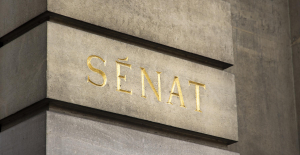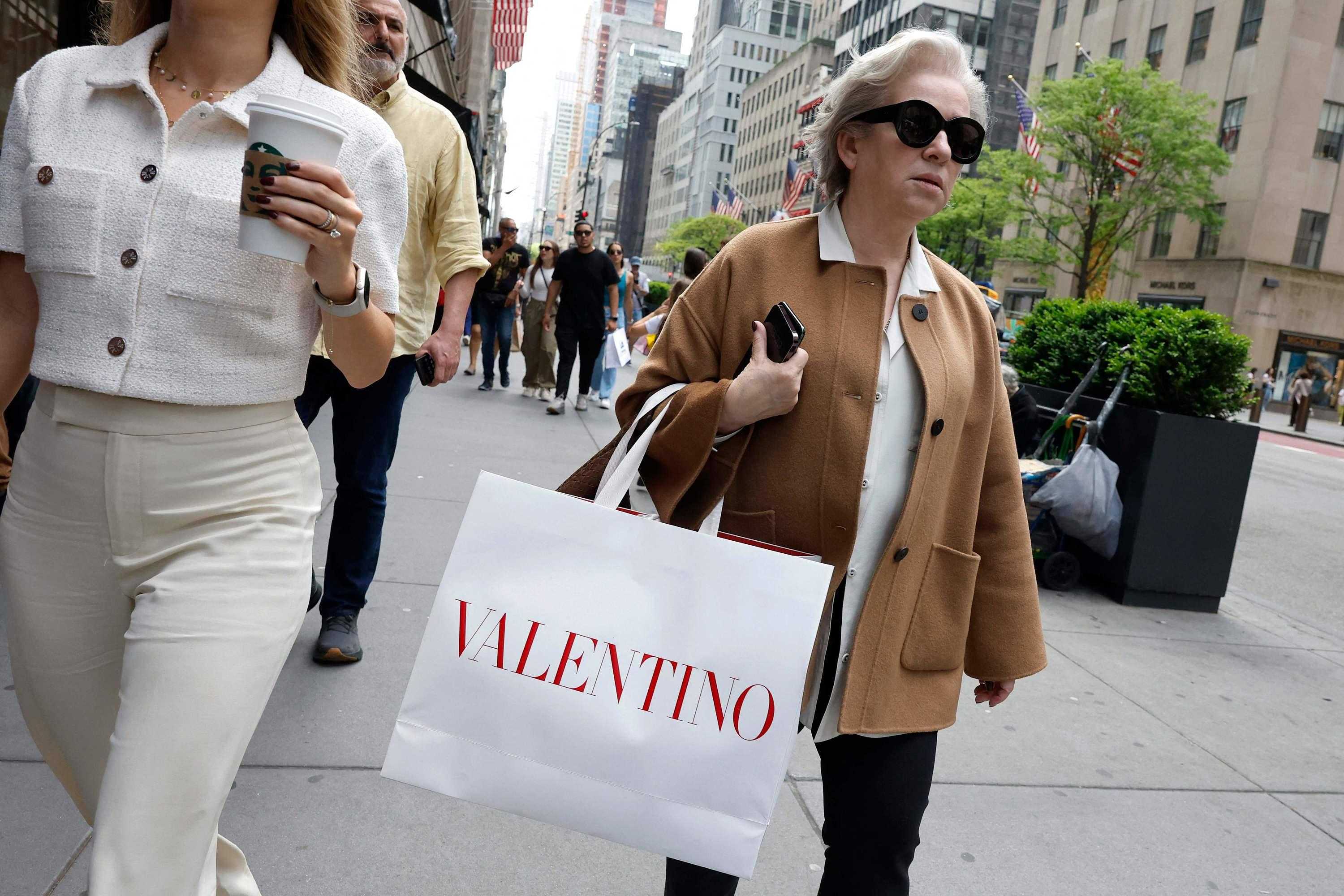Dismantling the Sources pavilion, brick by brick, then reassembling it about twenty meters further: the solution proposed by the Curie Institute to save the former Marie Curie work building in Paris raises a host of questions, to which the owner of the building and its architects will have to respond. “The Minister of Culture resolved a controversy that had been going on for months, and now the matter is in the hands of the Institute,” explains Rachida Dati’s entourage today.
According to the initial project, the two-story, hundred-square-meter building, where the double Nobel Prize winner in Chemistry and Physics worked, was to be destroyed to make way for a future five-story cancer research campus. . Faced with the emotion generated by the destruction permit granted by Paris City Hall in March 2023, the institute proposed an alternative. “We sought an honest and thorough solution” explains Thierry Philip, its president, to Le Parisien . In his eyes, moving the small building near the Pierre and Marie Curie museum is a “win-win” solution. It allows us to reconcile the future and the memory of Marie Curie and Claudius Régnaud, one of the first radiotherapists who founded the Institute. The dismantling and reassembly would represent 5 million euros in additional costs to the budget of 12 million and would cause a delay of a few months for the opening of the new center, scheduled for 2026.
It remains to delve into the modus operandi of the affair. Built in 1911, the pavilion was closed due to dilapidation and because it was considered contaminated by radioactivity points. It is not classified and its dismantling is not the responsibility of a chief architect of historic monuments. It will therefore be necessary to find a construction company to carry out the work, with the aim of decontaminating certain parts. The Sources pavilion is also made of bricks (apart from a cut stone pediment), a fragile material: it is therefore likely that bricks will have to be rebuilt once the mortar has been removed.
For the rest, nothing is impossible. Heritage buildings have already been moved in the past, such as the facade of the former Gare du Nord de Paris, today in Lille, or one of the twelve Baltard pavilions of the Halles de Paris, now in Nogent-sur-Marne . The Metropolitan of New York deploys, north of Manhattan, five medieval French cloisters, acquired and then donated to the museum by John Rockefeller, in the 1920s and 1930s. “In principle, we remove the stones or elements one by one, by noting, then we put them back together following the same diagram,” explains a heritage architect.
In Toulouse, a drastic solution was imagined for the city's war memorial, inaugurated in 1928. Weighing 950 tonnes, too fragile to be dismantled end by end, it was moved in its entirety this summer. A spectacular gesture, decided in advance of the underground work on the François-Verdier metro station, which will be located just below. Moved 35 meters, the building will return to its place in 2027.

 Gaza: under the spotlight, the Israeli-Palestinian conflict shakes up the Eurovision contest
Gaza: under the spotlight, the Israeli-Palestinian conflict shakes up the Eurovision contest Black soldier killed by a police officer in the United States: the sheriff publishes the video of the arrest
Black soldier killed by a police officer in the United States: the sheriff publishes the video of the arrest In Malmö, the Eurovision party transformed into entrenched camps
In Malmö, the Eurovision party transformed into entrenched camps In Russia, Vladimir Putin stigmatizes “Western elites”
In Russia, Vladimir Putin stigmatizes “Western elites” “Mediterranean diet” or “DASH”, two good tips for eating better
“Mediterranean diet” or “DASH”, two good tips for eating better Fatal case of cholera in Mayotte: the epidemic is “contained”, assures the government
Fatal case of cholera in Mayotte: the epidemic is “contained”, assures the government The presence of blood in the urine, a warning sign of bladder cancer
The presence of blood in the urine, a warning sign of bladder cancer A baby whose mother smoked during pregnancy will age more quickly
A baby whose mother smoked during pregnancy will age more quickly Artificial intelligence lies, cheats and deceives us, and that's a problem, experts warn
Artificial intelligence lies, cheats and deceives us, and that's a problem, experts warn Google Cloud mistakenly deletes UniSuper fund account and deprives 600,000 Australians of their superannuation
Google Cloud mistakenly deletes UniSuper fund account and deprives 600,000 Australians of their superannuation IBM, Amazon, Hager... These record investments expected at the Choose France summit
IBM, Amazon, Hager... These record investments expected at the Choose France summit Boeing's black streak: a second Air France flight diverted in three days for “a smell of heat”
Boeing's black streak: a second Air France flight diverted in three days for “a smell of heat” Eurovision 2024: Bernard-Henri Lévy will vote for the “courageous” Eden Golan in the face of “the wind of hatred against the Jews”
Eurovision 2024: Bernard-Henri Lévy will vote for the “courageous” Eden Golan in the face of “the wind of hatred against the Jews” Eurovision 2024: Joost Klein, the Dutch candidate, excluded from the competition
Eurovision 2024: Joost Klein, the Dutch candidate, excluded from the competition The origin of the vandalized world, the Musée d’Orsay files a complaint
The origin of the vandalized world, the Musée d’Orsay files a complaint London: two octogenarians charged after damaging the “Magna Carta” window
London: two octogenarians charged after damaging the “Magna Carta” window Omoda 7, another Chinese car that could be manufactured in Spain
Omoda 7, another Chinese car that could be manufactured in Spain BYD chooses CA Auto Bank as financial partner in Spain
BYD chooses CA Auto Bank as financial partner in Spain Tesla and Baidu sign key agreement to boost development of autonomous driving
Tesla and Baidu sign key agreement to boost development of autonomous driving Skoda Kodiaq 2024: a 'beast' plug-in hybrid SUV
Skoda Kodiaq 2024: a 'beast' plug-in hybrid SUV The home mortgage firm rises 3.8% in February and the average interest moderates to 3.33%
The home mortgage firm rises 3.8% in February and the average interest moderates to 3.33% This is how housing prices have changed in Spain in the last decade
This is how housing prices have changed in Spain in the last decade The home mortgage firm drops 10% in January and interest soars to 3.46%
The home mortgage firm drops 10% in January and interest soars to 3.46% The jewel of the Rocío de Nagüeles urbanization: a dream villa in Marbella
The jewel of the Rocío de Nagüeles urbanization: a dream villa in Marbella Diving into the secrets of the National Assembly
Diving into the secrets of the National Assembly Institutions: senators want to restore the accumulation of mandates and put an end to the automatic presence of ex-presidents on the Constitutional Council
Institutions: senators want to restore the accumulation of mandates and put an end to the automatic presence of ex-presidents on the Constitutional Council Europeans: David Lisnard expresses his “essential and vital” support for François-Xavier Bellamy
Europeans: David Lisnard expresses his “essential and vital” support for François-Xavier Bellamy Facing Jordan Bardella, the popularity match turns to Gabriel Attal’s advantage
Facing Jordan Bardella, the popularity match turns to Gabriel Attal’s advantage These French cities that will boycott the World Cup in Qatar
These French cities that will boycott the World Cup in Qatar Top 14: in video, the incredible 100 meter test scored by Aviron Bayonnais against Racing
Top 14: in video, the incredible 100 meter test scored by Aviron Bayonnais against Racing Top 14: A Graou-Mallia hinge, Capuozzo back... the composition of Stade Toulousain for the classico.
Top 14: A Graou-Mallia hinge, Capuozzo back... the composition of Stade Toulousain for the classico. MotoGP: It won't be easy for Bagnaia to win a third title, says legend Valentino Rossi
MotoGP: It won't be easy for Bagnaia to win a third title, says legend Valentino Rossi Handball: the Blues win easily against the United States
Handball: the Blues win easily against the United States


















